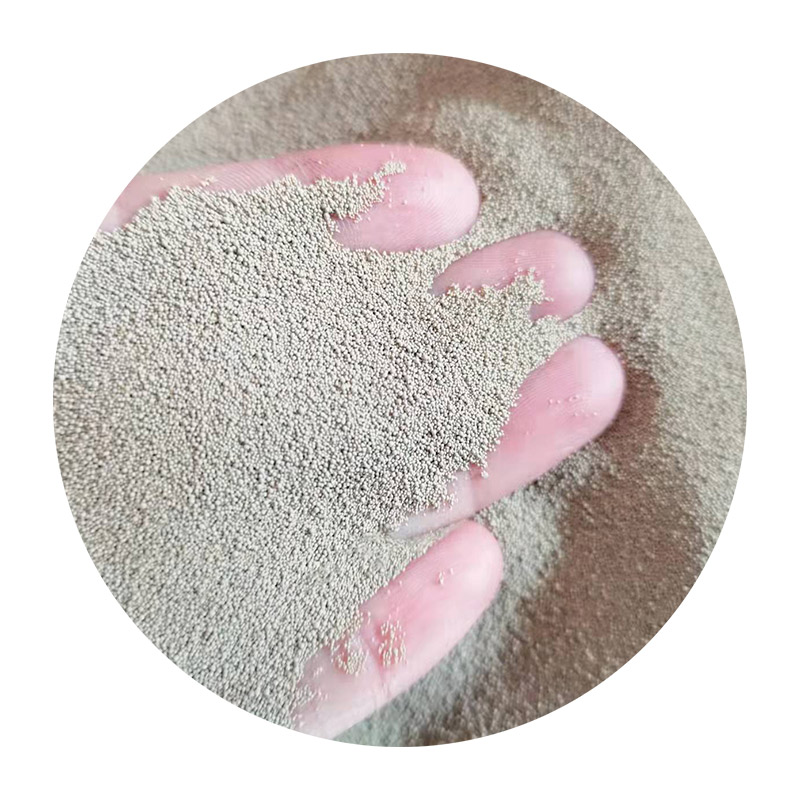Sand Casting Components An Overview
Sand casting, one of the oldest manufacturing processes, is widely utilized for producing complex metal components in various industries. The primary characteristics that make sand casting exceptionally popular include its adaptability to different sizes, shapes, and materials, as well as its cost-effectiveness. This article will explore the key components and processes involved in sand casting.
Sand Casting Components An Overview
Once the mold is prepared, the next crucial component in the sand casting process is the melting of the metal. Different metals such as aluminum, iron, and bronze are commonly used, depending on the application. The metal is melted in a furnace and then poured into the sand mold through a system of gates and runners. This allows the molten metal to flow evenly, filling all recesses of the mold cavity.
sand casting components

As the metal cools and solidifies, it forms the final component. After the cooling process is complete, the sand mold is broken away to reveal the casting. This is where the versatility of sand casting shines; the process can produce intricate details and complex shapes that may be difficult to achieve with other manufacturing methods.
One of the components necessary for achieving high-quality castings is the use of core sand. Cores are used to create internal features or hollow sections within the casting. Core sand is similar to molding sand but often has additional materials to increase strength and durability at high temperatures. The cores are positioned in the mold before pouring the molten metal, allowing for a more complex geometry.
Post-casting operations are essential to enhance the final product's quality. These operations may include removing excess material through a process known as trimming, surface finishing, and machining to achieve precise dimensions. Additionally, inspections are performed to ensure that the casting meets the specified criteria.
In conclusion, sand casting is a versatile process that involves various components, including the patterns, sand molds, molten metal, and cores. Its ability to produce complex geometries at relatively low costs makes it an invaluable method in metal fabrication. As industries continue to evolve, advancements in sand casting techniques will likely enhance its capabilities, further solidifying its importance in modern manufacturing.
Post time:10월 . 04, 2024 13:40
Next:sand preparation in foundry
